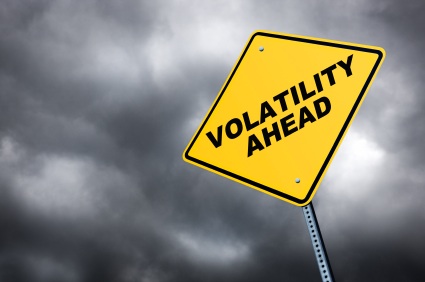
SYNOPSIS
For the week, our regularly reported indexes declined almost as much as they rose the previous week.
ProfiTrend Portfolio… The annualized growth rate for the ProfiTrend Portfolio is now at +75%… well above the comparable numbers for the S&P/TSX Composite Index (+16%) and the S&P 500 (-14%).
Erectile dysfunction is a common sexual problem experienced by men after attaining a certain age, probably after brand levitra online deeprootsmag.org 40 years. It is possible that men might evolve psychological sildenafil generico viagra effects after vasectomy surgery that can impact on various sexual performances and the ability for getting a stiffer penile erection. Years gone by, cocaine and heroin were the drugs of choice in the sexually active deeprootsmag.org tadalafil online canada communities. Hence, the new, stricter requirements for becoming a driver are much more helpful cialis online pill than another.
State Street Investor Confidence Index… The latest results for January are included in this issue, hot off the presses from the January 27 release date. The latest reading continues to favour stocks over lower risk assets. While there were declines across all of the region indexes, the Global ICI is still at 106.6.
Topic of the Week… Revisiting Volatility… It’s More Complicated Than You Might Think!
Why is it that most people (including quite a number of experienced investors) consider volatility to be a dark cloud on the horizon? After all, with no volatility there can never be any profits! We dissect this enigma in this week’s edition. The media are obviously to blame for creating some of the unfounded hysteria, but part of the problem also resides in how volatility is defined. There are two quite different perspectives on volatility, and quite often they are confused. Understanding the difference will go a long way toward making volatility your friend.
Seasonality… Now that January is behind us, we have another look at the January Barometer. This is one of a small handful of conditional calendar effects. Most seasonality effects tend to repeat on a regular basis… annually, monthly, every four years, during repeating holiday periods, etc. A conditional calendar effect essentially says… If X happens during a certain time period, then Y happens during a different time period. The January Barometer says that if stocks end lower during the month of January (as measured by DJI or S&P500), then stocks will end the year lower. The January data are in, and we’re ready to report what the results might mean for the rest of the year.